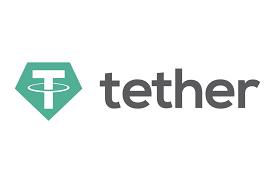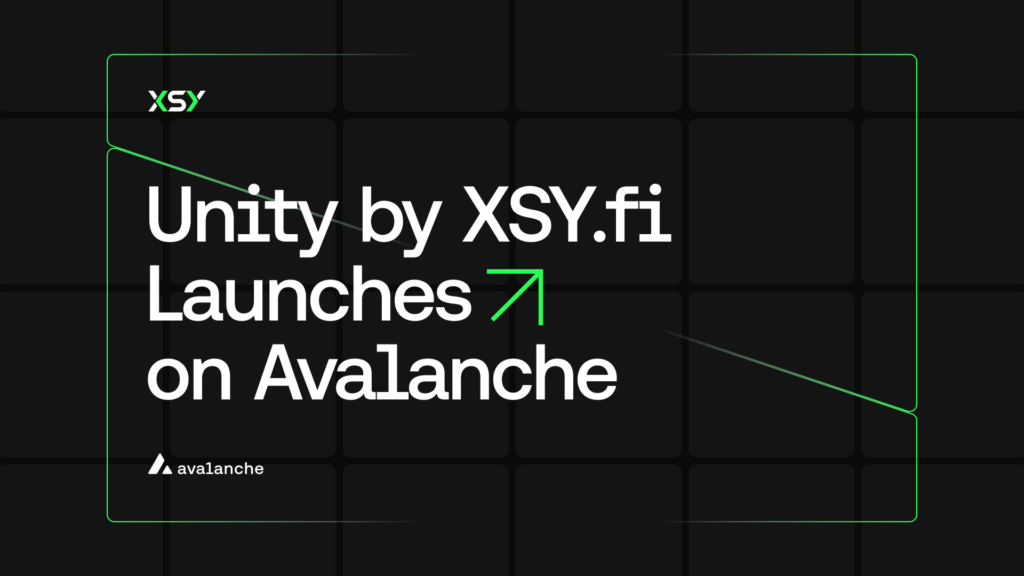The stability of Tether’s USDT stablecoin was momentarily disrupted as it deviated from its traditional 1:1 ratio with the US dollar on the Curve decentralized exchange.
This unexpected event has created a unique arbitrage opportunity for DeFi traders, drawing attention to the liquidity pools on Curve and Uniswap, which experienced an influx of USDT sellers.
USDT’s de-pegging on the Curve DEX led to a temporary decline in its trading value below $1, disrupting its standard parity.
Notably, Curve’s 3Pool, the primary liquidity pool for USDT trading, witnessed an imbalance as USDT’s share rose to over 70%, indicating traders selling USDT in favor of other stablecoins such as DAI and USDC.
The market’s response to the de-pegging was swift, with a significant surge in USDT borrowing on Aave, the leading decentralized lending and borrowing protocol.
Borrowers quickly sold the devalued USDT for stablecoins that maintained their 1:1 peg with the US dollar, particularly on Curve’s 3Pool.
Several traders seized the opportunity to profit from the USDT de-peg. One Ethereum address borrowed a substantial amount of USDT from Aave, exchanging it for USDC on Curve.
Another address capitalized on the de-peg by depositing stETH collateral and borrowing USDC to purchase discounted USDT, anticipating a potential return to the 1:1 peg.
In response to the sudden surge in demand for USDT loans, Aave’s algorithmic model automatically adjusted its rates to maintain market equilibrium.
This dynamic rate adjustment mechanism ensures that the market remains balanced and minimizes the impact of arbitrage opportunities.



